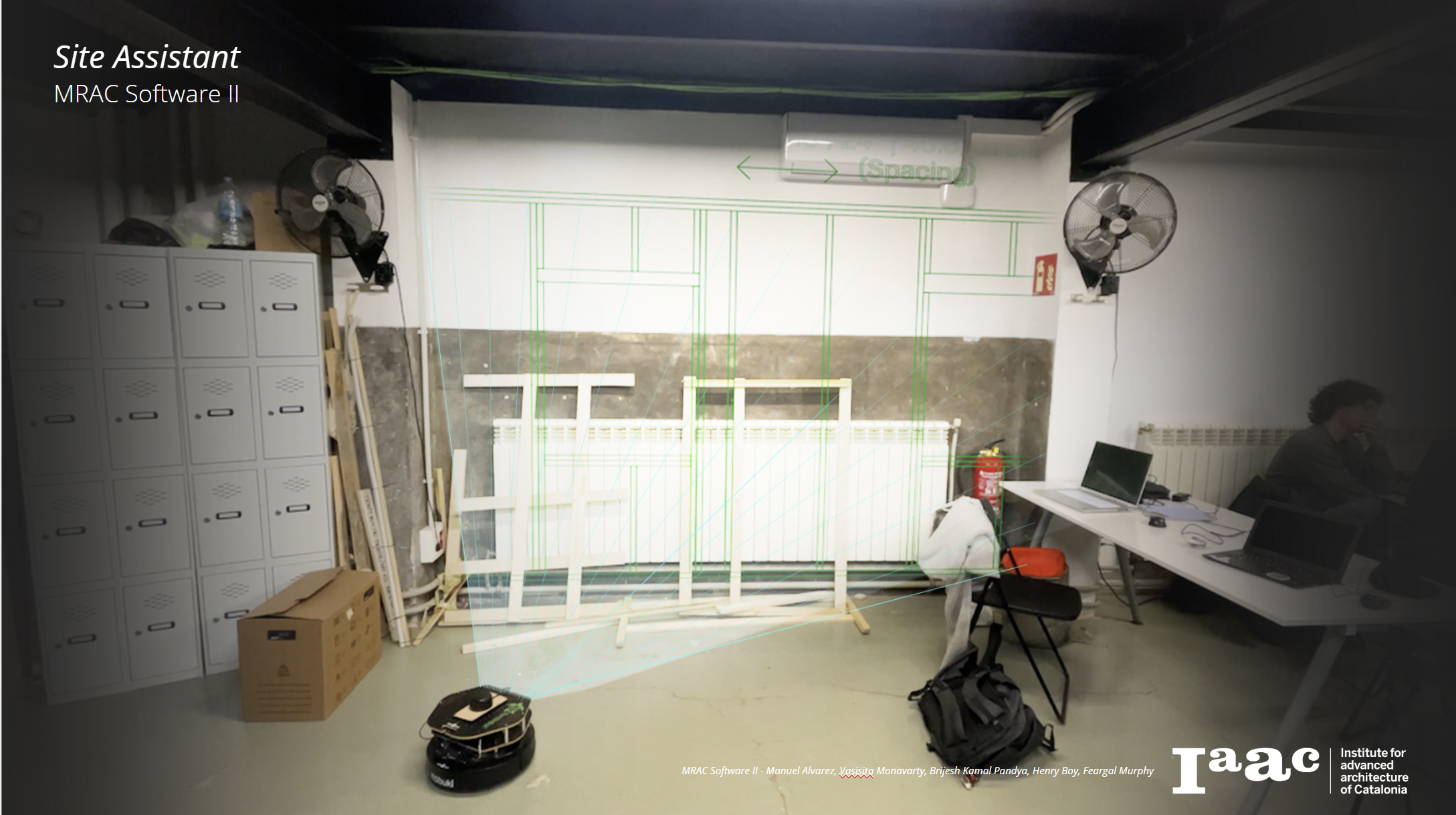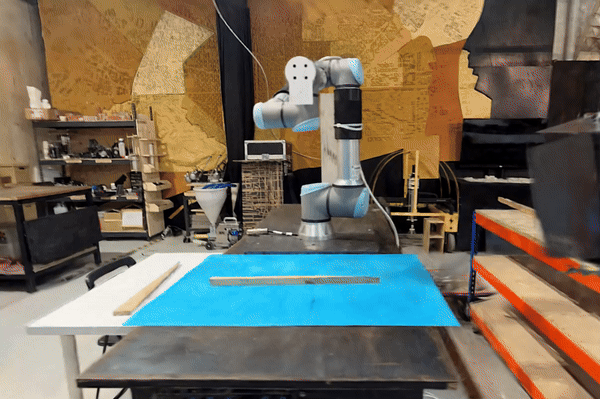
Photo credit: Júlia Marsal
Description
This course delivers a comprehensive introduction to the Robot Operating System (ROS), equipping students with foundational skills in robotic software development. Over the duration, participants delve into core ROS concepts, encompassing nodes, topics, messages, and services. Practical proficiency is cultivated through the use of key ROS tools, such as roslaunch and rosrun, coupled with visualisation tools like Rviz. The course transitions into the realm of simulation with an exploration of Gazebo, offering students hands-on experience in creating and controlling robots in virtual environments. As the course progresses, students engage with advanced topics, including robot control, navigation, and the integration of ROS with real robot hardware.
Two significant modules focus on the simulation and control of specific robotic platforms. A mobile platform robot is introduced, providing insights into its simulation within Gazebo and real robot execution through ROS. Similarly, manipulator robots are explored, with an emphasis on simulation in Gazebo and real robot execution through ROS-based control.
Practical application is emphasised through weekly assignments, classroom participation, and one substantial project. The project involves simulating and controlling a robot in Gazebo, within integrating ROS with a real or simulated robotics platform. By the course’s conclusion, students emerge with a holistic understanding of ROS, ready to apply their skills in both simulated and real-world robotic environments.
Learning Objectives
At course completion, the student will:
- Understand the structure and operation of Robots Operating System (ROS)
- Be able to design and implement robotics SW applications .
- Test a mobile robot implementation in simulation.
- Test a mobile robot implementation with a real robot.









